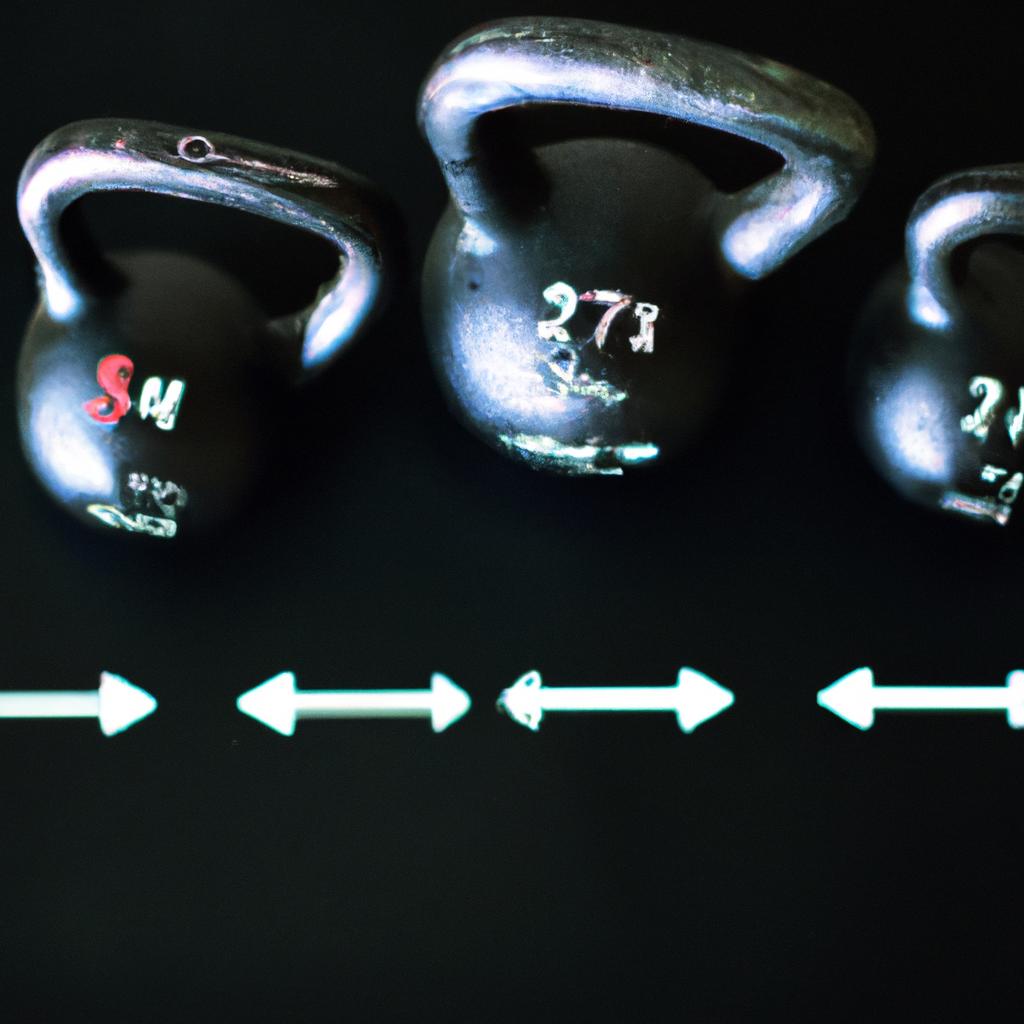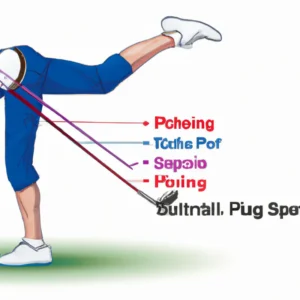Kettlebell Circuit Progressions: How to Scale Workouts for Beginners to Advanced Athletes
Kettlebell Circuit Progressions: Scale Workouts for All Fitness Levels
Kettlebell training builds strength, endurance, and flexibility. It suits beginners and advanced athletes alike. This guide explains kettlebell circuit progressions. You will learn to scale workouts based on your skill level.
Nutrition Tips for Kettlebell Training
Proper nutrition fuels your workouts. Start with a balanced diet of whole foods. Include lean proteins, healthy fats, and complex carbohydrates. These nutrients provide essential energy for kettlebell workouts.
**Hydration matters.** Drink plenty of water before, during, and after training. Staying hydrated maintains performance and recovery.
Time your meals around workouts. Eat a small meal or snack with carbs and protein 30 minutes before exercising. This strategy maximizes your energy.
Post-Workout Nutrition
After workouts, consume meals rich in protein and carbohydrates. This combination repairs muscles and replenishes energy. A smoothie with protein powder, spinach, and a banana works well.
Include healthy fats in post-workout meals. Avocado or nut butter provides sustained energy.
Exercise Advice: Scale Kettlebell Workouts
Choose an appropriate weight when starting kettlebells. Lighter kettlebells help you focus on form. Gradually increase the weight as you master movements. This progression prevents injuries and improves strength.
Beginner Circuit
Start with a simple, full-body kettlebell circuit. Focus on basic movements to build your foundation. Here’s a sample beginner circuit:
1. **Kettlebell Deadlift**: Stand with feet hip-width apart. Hold the kettlebell between your legs. Hinge at the hips and lower your torso. Keep your back straight. Stand back up while squeezing your glutes. Perform 10-12 reps.
2. **Kettlebell Goblet Squat**: Hold the kettlebell close to your chest. Squat down, keeping your chest upright. Push through your heels to stand back up. Perform 10-12 reps.
3. **Kettlebell Press**: Stand tall with the kettlebell at shoulder height. Press overhead while engaging your core. Lower it back to shoulder height. Perform 8-10 reps on each arm.
Intermediate Circuit
Once comfortable, try a more challenging circuit. Incorporate dynamic movements to increase intensity. Here’s an example:
1. **Kettlebell Swings**: Stand with feet wider than shoulder-width. Hold the kettlebell with both hands. Hinge at your hips and swing the kettlebell between your legs. Stand tall and swing it to shoulder height. Perform 15-20 reps.
2. **Kettlebell Clean and Press**: Start with the kettlebell on the floor. Clean it to your shoulder in one motion. Press overhead. Lower it back down and repeat. Perform 8-10 reps on each arm.
3. **Kettlebell Lunges**: Hold the kettlebell in one hand at your side. Lunge forward with the opposite leg. Push back to the starting position. Perform 10 reps on each leg.
Advanced Circuit
For advanced athletes, add complexity and intensity. Here’s an advanced circuit:
1. **Kettlebell Snatch**: Start with the kettlebell on the floor. In one fluid motion, lift it overhead. Control the descent back to the ground. Perform 8-10 reps on each arm.
2. **Single-Arm Kettlebell Thruster**: Hold the kettlebell at shoulder height. Squat down and explode upward, pressing the kettlebell overhead. Perform 8-10 reps on each arm.
3. **Kettlebell Turkish Get-Up**: Lie on your back, holding the kettlebell overhead. Stand up while keeping the kettlebell stable. Reverse the movement to return to the ground. Perform 5-6 reps on each side.
Health Benefits of Kettlebell Training
Kettlebell training offers numerous health benefits. First, it improves strength and power. You develop functional strength for everyday activities.
Second, kettlebell workouts enhance cardiovascular fitness. The combination of strength and conditioning boosts heart health.
Third, kettlebell training increases flexibility and mobility. Many exercises require dynamic movements that stretch muscles.
Finally, kettlebell workouts save time. You can achieve a full-body workout in a short period. This efficiency suits busy schedules.
Conclusion
Kettlebell circuit progressions scale workouts for all fitness levels. Start with basic movements and gradually increase intensity. Focus on proper nutrition and hydration to support training. Whether you are a beginner or an advanced athlete, kettlebell training offers health benefits. Embrace the challenge and enjoy your fitness journey!
Below are related products to the topic if you’re interested:
FAQ
What should I eat before and after my kettlebell workouts?
Before your kettlebell workouts, aim to eat a small meal or snack that includes carbohydrates and protein about 30 minutes prior to exercising. This helps maximize your energy levels. After your workouts, consume meals rich in protein and carbohydrates to repair muscles and replenish energy. A smoothie with protein powder, spinach, and a banana is a great option for post-workout nutrition.
How can I scale kettlebell workouts based on my fitness level?
Start with an appropriate weight that allows you to focus on form, particularly if you are a beginner. As you become more comfortable with the movements, gradually increase the weight. Beginners should start with simple circuits focusing on basic movements, while intermediate and advanced athletes can incorporate more dynamic and complex exercises to challenge themselves further.
What are the health benefits of kettlebell training?
Kettlebell training offers numerous health benefits, including improved strength and power, enhanced cardiovascular fitness, increased flexibility and mobility, and time efficiency in workouts. These benefits make kettlebell training suitable for anyone looking to improve their overall fitness.















Post Comment